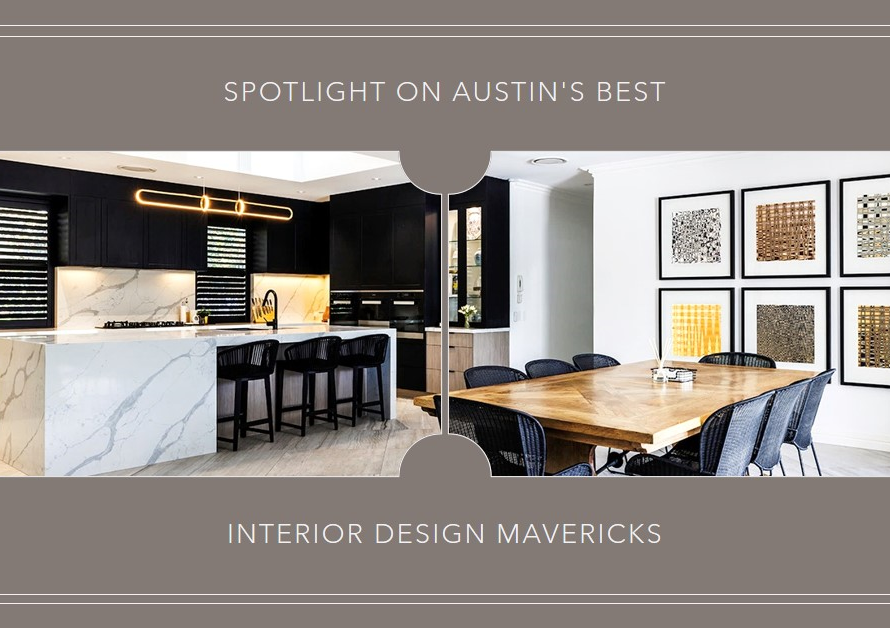
Table of Contents
- Introduction:
- Sustainable Design: Building for the Future
- Smart Facades: The Intersection of Technology and Design
- Biophilic Design: Bringing Nature to Urban Spaces
- Minimalist Aesthetics: The Beauty of Simplicity
- Adaptive Reuse: Breathing New Life into Old Structures
- Parametric Design: Embracing Complexity
- Modular Construction: Efficiency and Flexibility
- Cultural Context: Honoring Heritage and Identity
- Interactive Design: Engaging the Public
- Conclusion: The Future of Exterior Design
Introduction:
The exterior design of a building plays a crucial role in making a lasting impression. As architectural trends evolve, the importance of innovation in exterior design becomes even more pronounced. Whether you’re a homeowner looking to revamp your house or an architect aiming to push the boundaries of creativity, staying updated with the latest innovations in exterior design is essential. This blog post delves into the exciting world of exterior design, highlighting cutting-edge trends and technologies that are transforming the way we perceive and interact with our built environment.
Sustainable Design: Building for the Future
In recent years, sustainability has become a cornerstone of modern exterior design. With growing awareness of environmental issues, architects and designers are increasingly adopting eco-friendly practices. Sustainable design not only reduces the environmental footprint of buildings but also offers long-term economic benefits.
One of the key innovations in sustainable exterior design is the use of green building materials. From recycled steel and reclaimed wood to innovative products like mushroom mycelium and bamboo composites, these materials minimize resource consumption and promote environmental conservation. Additionally, integrating features such as green roofs, living walls, and rainwater harvesting systems can significantly enhance a building’s sustainability credentials.
Smart Facades: The Intersection of Technology and Design
The advent of smart technology has revolutionized many aspects of our lives, and exterior design is no exception. Smart facades, which incorporate advanced materials and technologies, are redefining the aesthetics and functionality of building exteriors.
Dynamic facades, for example, use responsive materials that adjust to environmental conditions, enhancing energy efficiency and occupant comfort. Electrochromic glass, which can change its opacity based on sunlight intensity, reduces the need for artificial lighting and cooling. Moreover, the integration of photovoltaic cells into building facades allows for the generation of renewable energy, further contributing to a building’s sustainability.
Biophilic Design: Bringing Nature to Urban Spaces
Biophilic design principles emphasize the connection between humans and nature, fostering well-being and productivity. This design approach is particularly impactful in exterior design, where it can transform urban landscapes into green, livable spaces.
Incorporating natural elements such as plants, water features, and natural light into exterior design can create soothing, aesthetically pleasing environments. Vertical gardens and green walls are excellent examples of biophilic design, offering both visual appeal and practical benefits like improved air quality and thermal insulation. Additionally, designing outdoor spaces that encourage interaction with nature, such as rooftop gardens and community parks, can enhance the overall quality of life in urban areas.
Minimalist Aesthetics: The Beauty of Simplicity
Minimalism continues to be a popular trend in exterior design, characterized by clean lines, simple forms, and a focus on functionality. This design philosophy emphasizes the idea that less is more, creating elegant and timeless structures.
The minimalist approach often involves the use of a limited color palette, natural materials, and uncluttered spaces. This not only creates a visually appealing exterior but also ensures that the design remains relevant and attractive over time. By prioritizing quality over quantity, minimalist exterior design promotes a sense of calm and order, making buildings more inviting and harmonious with their surroundings.
Adaptive Reuse: Breathing New Life into Old Structures
Adaptive reuse is an innovative approach that repurposes existing buildings for new uses, preserving their historical and architectural value while meeting contemporary needs. This sustainable practice reduces the demand for new construction and minimizes waste.
Successful adaptive reuse projects often involve creative exterior design solutions that honor the original architecture while incorporating modern elements. For instance, transforming an old factory into a residential complex might involve adding large windows, green spaces, and contemporary finishes, seamlessly blending the old with the new. This approach not only conserves resources but also adds unique character to urban landscapes.
Parametric Design: Embracing Complexity
Parametric design leverages advanced computational tools to create complex, organic forms that would be difficult or impossible to achieve through traditional methods. This innovative approach allows designers to explore new geometries and material possibilities, pushing the boundaries of exterior design.
Parametric design often results in visually striking buildings that stand out in their environment. By using algorithms to generate intricate patterns and shapes, architects can create facades that respond to specific functional requirements, such as optimizing natural light or enhancing structural performance. This method fosters a high level of creativity and precision, leading to innovative and dynamic exterior designs.


Modular Construction: Efficiency and Flexibility
Modular construction involves prefabricating building components off-site and assembling them on-site, offering significant time and cost savings. This method is gaining popularity in exterior design due to its efficiency, flexibility, and sustainability.
The use of modular components allows for greater design versatility and quicker project completion. Architects can experiment with different modules to create unique and customizable exteriors. Moreover, modular construction reduces construction waste and environmental impact, aligning with sustainable design principles. This approach is particularly beneficial in urban areas where space and time are limited.
Cultural Context: Honoring Heritage and Identity
Incorporating cultural context into exterior design helps preserve the identity and heritage of a place. By drawing inspiration from local traditions, materials, and aesthetics, architects can create buildings that resonate with their surroundings and communities.
Designing with cultural context involves a deep understanding of the history and values of a location. This might include using traditional building techniques, local materials, or motifs that reflect the cultural heritage of the area. Such designs not only enhance the visual appeal of buildings but also foster a sense of belonging and pride among residents.
Interactive Design: Engaging the Public
Interactive exterior design aims to create engaging and dynamic spaces that invite public interaction. This innovative approach transforms static facades into vibrant, participatory environments.
Examples of interactive design include digital displays that respond to movement, sound installations, and public art projects that encourage community involvement. These elements make buildings more than just structures; they become active participants in the urban landscape. By fostering interaction and engagement, interactive exterior design enhances the social and cultural fabric of cities.
Conclusion: The Future of Exterior Design
The future of exterior design lies in the seamless integration of technology, sustainability, and cultural sensitivity. As we move forward, the innovations explored in this blog post will continue to shape the way we build and experience our environments. By embracing these trends and pushing the boundaries of creativity, architects and designers can create exterior spaces that are not only beautiful and functional but also sustainable and meaningful. The evolution of exterior design promises to bring about a more connected, harmonious, and inspiring built environment for generations to come.



